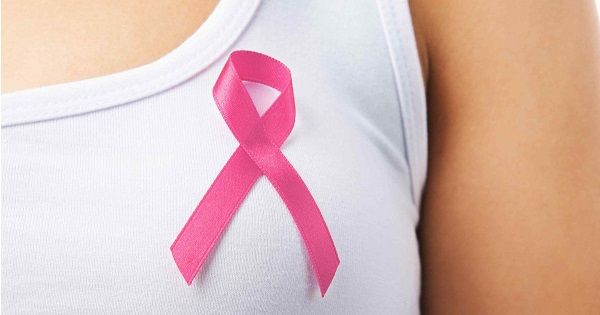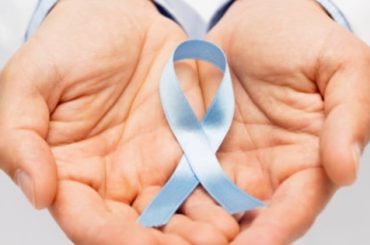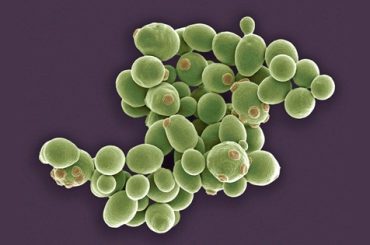This post is also available in:
Español
Português
The yeast Saccharomyces cerevisiae is found in beer, wine, and bread, but also in research laboratories, as it is the organism that initiated modern biochemistry and molecular biology and remains a fundamental testing ground for science.

Yeasts are unicellular fungi with an ovoid shape that reproduce by cell division and produce enzymes capable of breaking down various organic substances, primarily sugars.
Contenido
Yeasts as a Testing Ground
Known since ancient times, the yeast used in bread, wine, and beer, known as Saccharomyces cerevisiae, has become a common organism of study in laboratories worldwide due to the similarities between the fundamental cellular systems of yeast and higher animals, such as cell division, chromosomes, and stress response.
Yeasts have accompanied humans for thousands of years, and for most of this time, their existence and the identity of these “hardworking microorganisms” were ignored.

After Anton van Leeuwenhoek, a Dutch merchant and scientist, drew mysterious globules found in fermenting beer in the 17th century, the 19th century witnessed heated debates about their functions.
In the 20th century, beyond fermentation, this microorganism assumed a new fundamental role in the laboratory, becoming both a subject of study and a tool for research.
Since then, yeasts have been extremely important model organisms for research; they are eukaryotes, reproduce relatively quickly, and are easily accessible for genetic manipulation.
However, the perception of them has changed dramatically in recent decades with the emergence of new technologies.
The complete genome sequencing of Saccharomyces cerevisiae was completed in 1996 after four years of research in a project led by the European Union and involving over a hundred laboratories worldwide.
The First Sequenced Eukaryote
It was the first eukaryotic organism to be sequenced and is currently possibly the best-known eukaryotic genome.
Despite a billion years of evolutionary divergence, more than a third of yeast genes are also found in humans (homologs) and, in many cases, perform similar functions (orthologs).
Among these, dozens correspond to genes related to hereditary, metabolic, or cancer diseases, which can begin to be studied in yeasts, where it is easier to experiment or mutate a gene, something that cannot be done in humans for ethical reasons.
Family Tree of Saccharomyces cerevisiae Yeast
In 2018, researchers from Belgium, Germany, and the United States successfully sequenced the genome of 157 Saccharomyces cerevisiae yeasts used to make beer, wine, sake, bread, and bioethanol, representing all current commercial variants. Thanks to this, they determined that the ancestor of modern beer was produced between 1573 and 1604.
The study, published in the journal Cell and titled “Domestication and Divergence of Saccharomyces cerevisiae Beer Yeasts,” indicates that Saccharomyces cerevisiae yeast has five major genetic branches.
The first includes Asian yeasts, which produce Japanese rice liquor; followed by those used for wine; those used for bread; and two distinct families for brewing beer, the most domesticated of all.
In the article, scientists detailed that there is a genetic difference between Saccharomyces cerevisiae yeasts used to brew beer in continental Europe, those in the United Kingdom, and a third group that includes those in the United States, whose origin lies in Saccharomyces cerevisiae yeasts that arrived from England.
The Use of Yeasts in Cancer Research
One in three people will develop cancer in their lifetime. The progressive aging of the population, inadequate diet, reduced physical activity, or exposure to environmental toxins, such as tobacco, explain the incidence of this group of diseases, according to experts.

Research continues to improve the diagnosis, prevention, and treatment of malignant tumors, and one of the tools used by science is brewer’s yeast, a type of fungus characterized by having a single cell.
Thus, microorganisms like Saccharomyces cerevisiae are key in the production of food and beverages such as bread or beer.
Their use in research helps determine how cells can begin to grow and divide uncontrollably, leading to cancer.
The Loss of Control in Cell Division
Dr. Marisa Alonso, a community pharmacist and former scientist at the Paterson Institute for Cancer Research in Manchester (United Kingdom), explains:
Cancer is not a single disease but rather a group of diseases that also vary depending on the individual.
The researcher works with yeasts to understand how benign cells transform into malignant ones.
There is one commonality in all types of cancer: cells begin to divide uncontrollably without us fully understanding why.
Our body has mechanisms similar to the brakes and accelerators of a car.
However, just as in any vehicle, if these mechanisms fail, an accident is likely to occur.
Something similar happens in the emergence of cancer cells.
When cells divide, they must make exact copies of their DNA and can make mistakes, which we call mutations. There are also ‘police’ that monitor this process to ensure it proceeds normally, but if something slips past them, changes in the DNA can occur.
Other mutations in genetic material can arise due to exposure to carcinogens like tobacco:
Our body is a well-oiled machine where cells know when to divide, and if they start dividing uncontrollably, there are ‘police’ to fix the situation and order the out-of-control cells to die. But sometimes the ‘police’ don’t work, or the malignant cells find a way to deceive them.
Yeasts and Proteins
In addition to the well-known Saccharomyces cerevisiae, famous for its applications in biotechnology, scientists often use another organism called Schizosaccharomyces pombe.
Unlike its “cousin,” this second type of yeast is not used in fermentation, as it produces “disgustingly bad” beer, according to Alonso.
These invisible organisms were key in identifying the “leading protein” that tells other cells when to divide. A yeast, invisible to the eye, can help us learn more about human cells.
If there is a problem with the electrical wiring in a small town, it will be easier to identify the cause than in a larger city.
Something similar happens between yeast cells and human cells: it is easier to understand what happens in a single cell than in a complex organism like ours.
No se encontraron productos.







